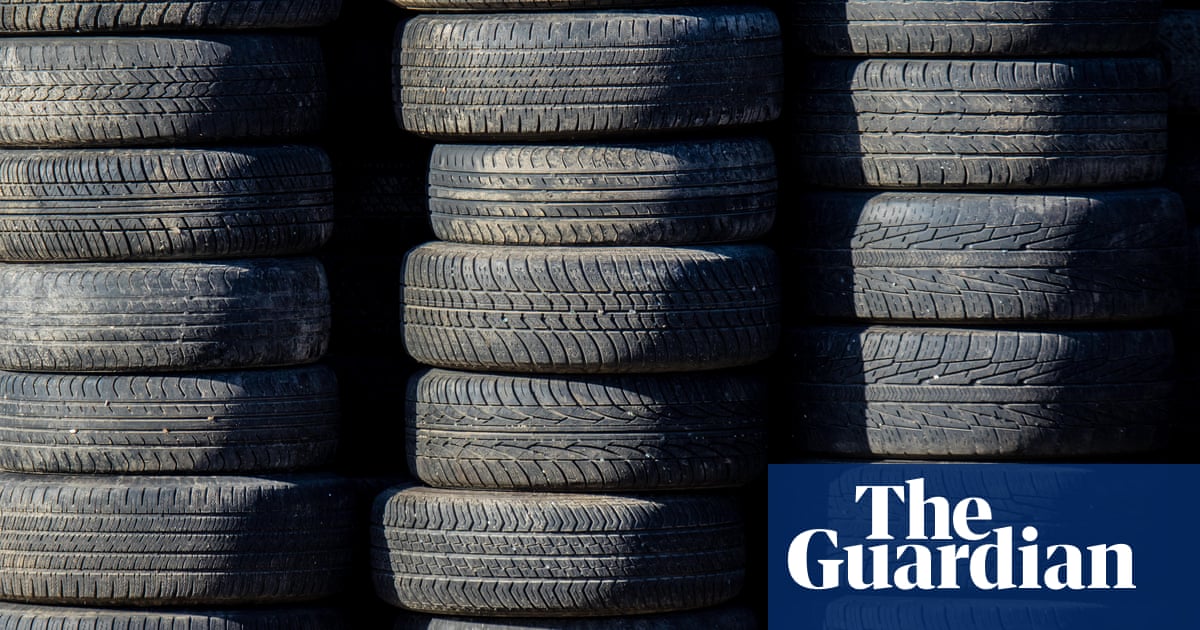
Ministers need to start looking seriously at the health risks from vehicle tyre wear as the impact of pollutants from car exhausts gradually reduces, Sir Chris Whitty has told MPs.
Giving evidence to the environmental audit committee, England’s chief medical officer said improvements in emissions from petrol and diesel vehicles, and a shift towards electric cars, were reducing the extent of dangerous pollutants such as nitrogen oxides.
A complete move to electric vehicles would “essentially eliminate” exhaust pollutants, Whitty said, but this would not solve the parallel problem of particulates from tyre and brake wear, he told the committee.
With many electric vehicles featuring “regenerative braking”, which greatly reduces brake friction, this was less of a problem compared with petrol and diesel cars, Whitty added.
In contrast, the greater weight of electric vehicles meant the amount of tyre-based particles “may slightly go up over that period, and we will need to deal with that”.
He said: “I don’t think we have really thought about how to reduce air pollution from tyres previously, because it’s been such a small proportion. Now that we’re getting rid of many or all of the tailpipe emissions, I think we need to start looking at these quite seriously.”
Recent studies have raised concerns about the danger to health from tiny particles produced by tyre wear, as well as from road surfaces and marking, which are now notably greater than those coming from exhausts.
Whitty, who explained to the committee how pollution was linked not just to respiratory problems but also heart disease, strokes and even dementia, said indoor pollution was a significant problem, if one less well understood.
Citing air fresheners as a hazard, Whitty said that while he did not think the evidence was strong enough to merit government warnings, he would recommend that families with an asthmatic child avoided using them.
On outdoor pollution, he highlighted the problems from sources including wood-burning stoves and diesel trains.
On the latter, he said, it was “wholly unnecessary” to have diesel engines running on trains in busy stations, saying these should be adapted to use electric power when in a station.
Asked about the potential exposure to pollutants for people who walk and cycle in urban areas, Whitty stressed that the health benefits of active travel greatly outstripped any such risks.
“The first thing to say is active travel is incredibly good for health, period. It’s very, very good for people’s cardiovascular, mental, physical, musculoskeletal health. It’s an all-around good thing,” he told MPs.
“Even in the most polluted parts of our cities, if you’re going in for active transport, you’re still improving your health compared to if you were sat on a bus or behind the wheel of a car. It is a very important thing for us to do for people’s health in general. Also, fairly obviously, the more we move people … into active transport, the less [pollution] there will be.”
Jonathan Grigg, a professor of paediatric respiratory and environmental medicine at Queen Mary University of London, welcomed Whitty’s warning on tyre and brake particles, which can be inhaled deep into the lungs, and also accumulate in the food chain.
He said: “Since it is difficult in epidemiological studies to disentangle effects of fossil fuel-derived particles from particles generated from tyres and brakes, the contribution of these non-combustion particles to adverse health effects is unclear. Chris Whitty is therefore correct to say that we urgently need more research in this area, especially laboratory-based studies using cultures of human airway cells.”












